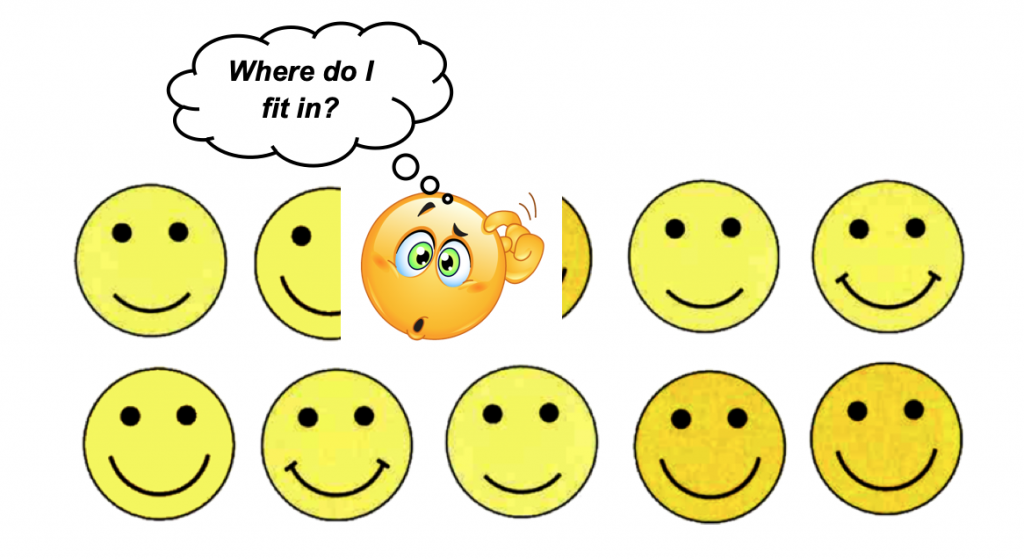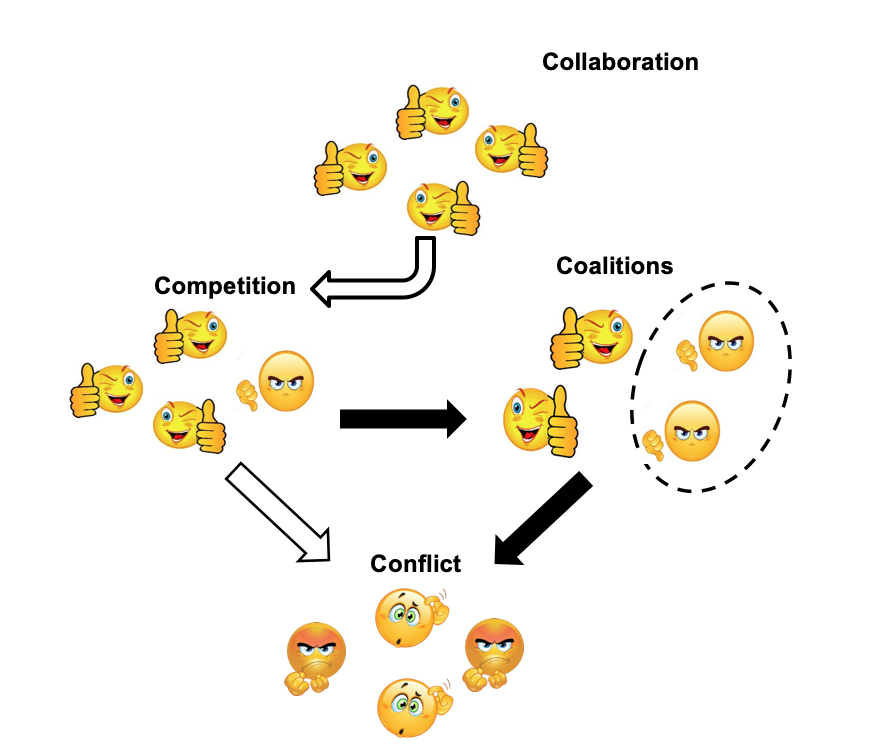Do you want to know what makes a successful team in an organisation?
It is common to hear people say that the most important asset in their organisation is people.
However breakdown in relationships is one of the most common causes of breakdown in a business. Indeed the costs of the breakdown in relationships in a business may not only be measured in the catastrophe of a business breaking up, but may also include
- Stress and mental strain
- Loss of productivity
- Absenteeism – which cost £18 billion per year in the UK
- Presenteeism – which costs £26 billion per year of which £16 billion is related to mental health
Business organisations would not leave their cashflow or marketing to chance, and yet most organisation leave relationships to chance. Yet it is possible to identify factors that will lead to maximum collaboration in relationships and reduce the destructive costs of competition and conflict within a team.
The Business Mindset Profile does exactly this. It enables team members to be self-aware about their working styles and personal motivations within a team as well as recognise and affirm the working styles and motivations of others.
It provides a simple common language that every member of the team can understand and use on a day-to-day basis. This makes it possible to avoid unnecessary tensions and conflicts and maintain or restore collaboration.
Do you want to know what makes a successful team in an organisation?
Promote awareness of the place where team members fit on the spectrum.
When individuals understand the characteristics of their hemisphere dominance they are better equipped to apply these to their role in a team context.
For instance:
- A strongly right dominant person will be frustrated and ineffective if confined to process-orientated activity that focuses on details and administration.
- A strongly left dominant person will be frustrated if they are not given sufficient instructions about how to fulfil a task correctly and accurately.

In building an effective team it is important for individual members to understand their own brain preferences and also the preferences of others regarding
- Right and left hemisphere dominance
- Conformity or non-conformity
- Dominant Motivation Style
The profile
- allows a team member to assess if the role occupied in a team is really matched to their dominant skills and abilities.
- provides a language by which team members can understand and identify their individual preferences and dominance.
- provides a common language through which team members can communicate with each other about how their preferences are affecting their role in the team.
This contributes to the next function of the profile – building a ‘balanced team’.
Collaboration, Competition , Coalitions, Conflict
Using the profile to provide a common language to resolve conflict and return to collaboration
- Building a balanced team with complementary motivation styles
- Promoting collaboration and reducing or resolving competition and conflict in a team
- Promoting constructive competition and conflict
Collaboration

Competition is inevitable in a balanced team where members have different brain dominances and motivation styles.
Collaboration depends on good communication and when team members appreciate their own and each other’s brain dominance and motivation style they are better able to:
- Understand the reasons for competing perspectives.
- Communicate and express them in a common language.
- Prevent these leading to conflict.
- Resolve competition and conflicts.
- Promote constructive outcomes from competition and conflict.
- Recruiting new team or board members
A balanced team is not one where all team members are the same. In other words, where they share the same brain dominance or motivations.
A balanced team includes members with very different brain dominances and motivations. It is much easier to recruit a balanced team when the existing team know their brain dominances and motivation styles and what kind of person will be a ‘fit’ for the vacant position. Enabling existing team members to integrate with new members
If a new member is added to a team that understands, and communicates in, a common language about brain dominance a motivation styles it will be much easier to help him or her find their place in the team as complementary to the other members.
The Business Mindset Profiles can ensure diversity in a team or board while promoting constructive harmony. It minimises the problems that can arise due to insecurity in team members about their roles.
New, Growing and Established Businesses
The profile will match leadership and management teams to the business lifecycle. Businesses have life cycles and we identify 3 of these as the:
- Start-up phase
- Growth phase
- Mature phase
Each phase of the cycle requires a different ‘balance’ on the leadership team. The Business Mindset Profiles can facilitate the right balance for a team in each phase of a cycle.
Start Up Phase
This phase requires a stronger Entrepreneurial bias and leadership to bring the flair, confidence and risk-taking of the entrepreneur to provide the momentum and perseverance to get the new business ‘off the ground’. It is important for the entrepreneurial members to appreciate the importance of having process-orientated people around them to ensure procedures and details are managed. This will give the entrepreneur peace of mind and freedom to go with his or her innovative flair. If the entrepreneur tries to do everything it will hold back the innovative and pioneering energy needed to get started.
Growth Phase
Once the Start Up has established its ‘footprint’ in the market the next phase is to grow the business in that market and perhaps into other markets. This requires Enterprising people to provide more leadership in the team. The entrepreneur is in danger of keeping their foot on the innovation ‘pedal’ for too long and not allowing for growth to develop. The entrepreneurial role is important, but needs to be balanced by more enterprising people who have the skills to grow the business. Process-orientated people are still vital to this growth of the business, perhaps even more vital at this stage than in the Start Up.
Mature Phase
In the mature phase of a business there is a need for stability and consistency. This is where Process-orientated individuals need to more involved in the leadership and management. They have the skills and ‘mindset’ to ensure that the business continues to run smoothly and to keep producing the results that were set in motion by the Growth phase.
New Start ups
In the Mature business it can be important to recognise the Intra-preneurs who have the ability to create new business and fresh start ups under the umbrella of the existing business. If they are not given opportunity to be innovative they can become difficult to keep in the mature company and their potential to take the mature business into new innovative and profitable territory could be lost.
